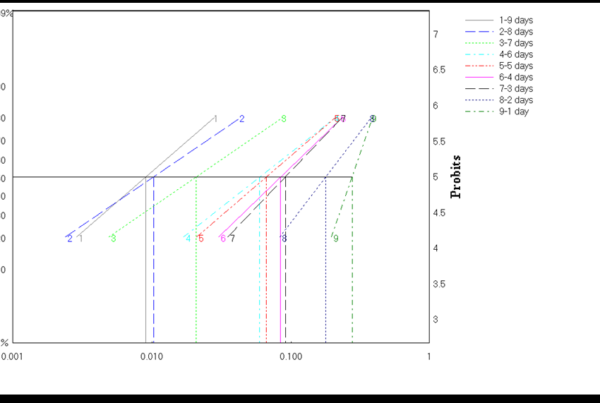By Abdullah M.A. Kamel
ABSTRACT
Studying the aspect of gypsum dehydration is an essential issue. As it has many deteriorating effects on the plasters and stuccos containing gypsum in many Egyptian historic buildings. Especially, in those sites that had been exposed to high temperatures or firing. Thus, this research will try to participate in studying this phenomenon and proposing a method for overcoming it. That was done through a physiochemical study by X ray powder diffraction (XRPD) analysis and scanning electron microscopy-energy dispersive X ray (SEM-EDX) to monitor the conversion of gypsum to anhydrite in historic plaster and stucco samples. Also, it was used to monitor the effect of K2SO4 activator solution as a proposed method for reconversion of anhydrite and bassanite to gypsum. The physiochemical study indicated the wide spreading of this aspect. The effect of the anhydrite activator of K2SO4 is variable. Sometimes, it increases the conversion of anhydrite to gypsum (Al Alayaa and the Egyptian national theatre samples), in other times did not increase (Habu sample). Moreover K2SO4 activator may be a source of a deteriorating salt.
![]()


